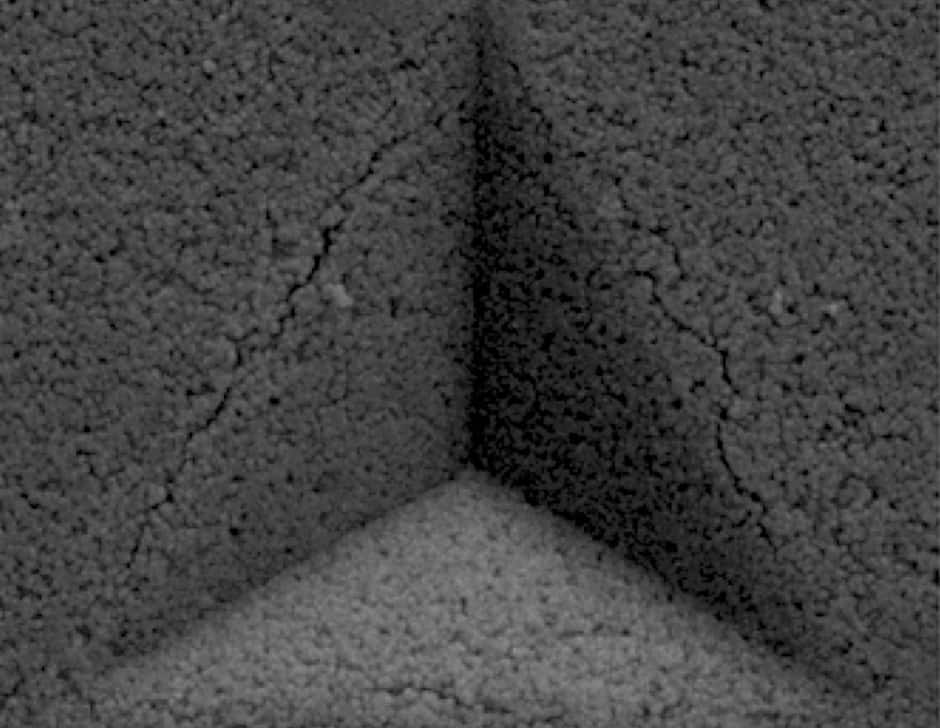
Materials scientist Rouzbeh Shahsavari and graduate student Sung Hoon Hwang formed the spheres in a solution around nanoscale seeds of a common detergent-like surfactant. According to Rice, the spheres can be prompted to self-assemble into solids that are stronger, harder, more elastic and more durable than Portland cement.
"Cement doesn't have the nicest structure," said Shahsavari, an assistant professor of materials science and nanoengineering. "Cement particles are amorphous and disorganised, which makes it a bit vulnerable to cracks. But with this material, we know what our limits are and we can channel polymers or other materials in between the spheres to control the structure from bottom to top and predict more accurately how it could fracture."
Furthermore, Shahsavari said the spheres are suitable for bone-tissue engineering, insulation, ceramic and composite applications as well as cement. The research appears in Langmuir.
The researchers found they could control the size of the spheres – ranging from 100 to 500 nanometres in diameter - by manipulating surfactants, solutions, concentrations and temperatures during manufacture.
"These are very simple but universal building blocks, two key traits of many biomaterials," Shahsavari said. "They enable advanced functionalities in synthetic materials. Previously, there were attempts to make platelet or fibre building blocks for composites, but this works uses spheres to create strong, tough and adaptable biomimetic materials.
"Sphere shapes are important because they are far easier to synthesise, self-assemble and scale up from chemistry and large-scale manufacturing standpoints."
In tests, the researchers used two common surfactants to make spheres and compressed their products into pellets for testing. They found that DTAB-based pellets compacted best and were tougher, with a higher elastic modulus, than CTAB pellets or common cement. They also showed high electrical resistance.
Shahsavari said the size and shape of particles in general have a significant effect on the mechanical properties and durability of bulk materials like concrete. "It is very beneficial to have something you can control as opposed to a material that is random by nature," he said in a statement. "Further, one can mix spheres with different diameters to fill the gaps between the self-assembled structures, leading to higher packing densities and thus mechanical and durability properties."
According to Shahsavari, increasing the strength of cement will allow manufacturers to use less concrete, decreasing weight, the energy required to make it, and carbon emissions associated with cement's manufacture. Because spheres pack more efficiently than the ragged particles found in common cement, the resulting material will be more resistant to damaging ions from water and other contaminants and should require less maintenance and less-frequent replacement.




Nanogenerator consumes CO2 to generate electricity
Nice to see my my views being backed up by no less a figure than Sabine Hossenfelder https://youtu.be/QoJzs4fA4fo